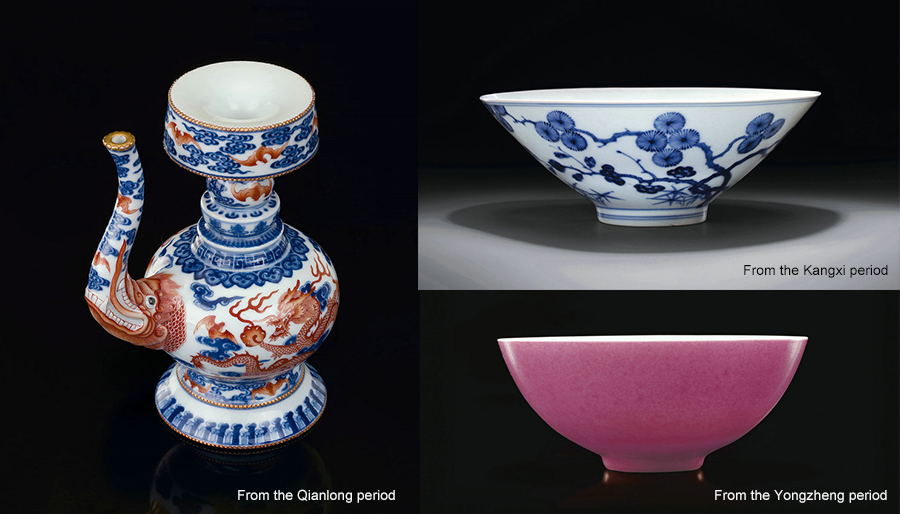
Imperial kiln wares (Guanyao) generally refer to the porcelains manufactured at the ancient official kiln and primarily dedicated to the royal family. The official kiln in ancient China gathered the most skilled craftsman and used a strict manufacturing process, which represented the highest level of porcelain making at that time.
Since the official kilns were run by the Imperial government, the Imperial kiln wares, to some extent, reflected the taste and character of emperors and the history of development. The Kangxi, Yongzheng, and Qianglong periods in the Qing Dynasty were seen as the most prosperous times, and Imperial kiln ware reached its peak development in Chinese history. Now let’s take a look on the Imperial porcelains during these three periods, influenced by the taste of these three legendary emperors.
We Recommend:
